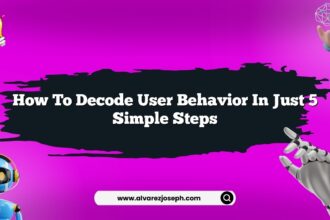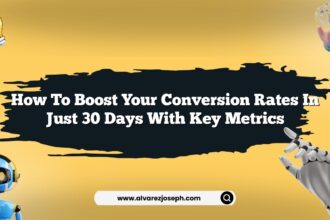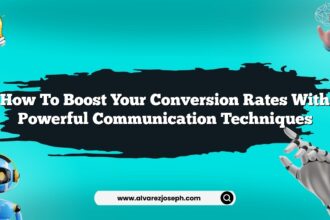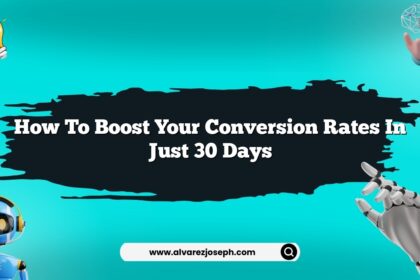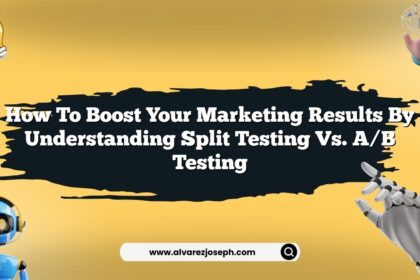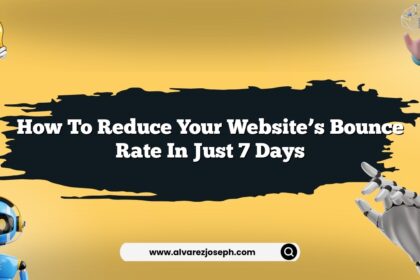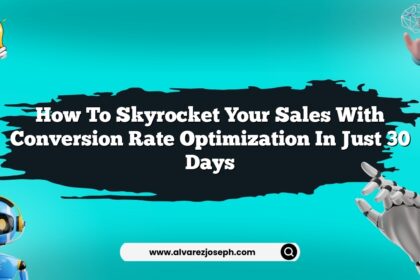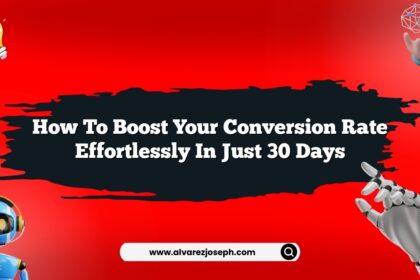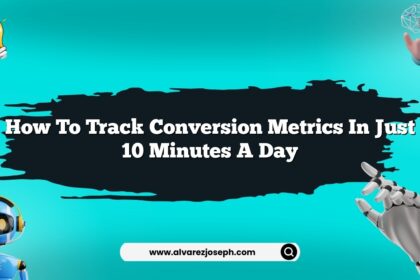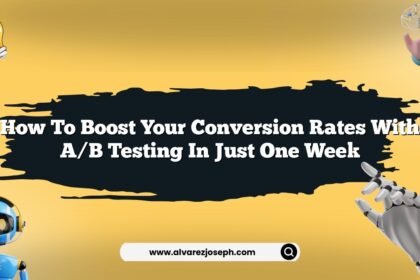Imagine this: You’re scrolling through your favorite online store, and just when you’re about to click "buy," you hesitate. Something’s off, right? Maybe it’s the layout, or perhaps the payment options seem sketchy… That’s how it goes for many shoppers. Online sellers are losing potential sales left and right—like a leaky bucket. But here’s the kicker: I’m going to spill the beans on how to fix that.
Let’s dive into the world of Conversion Rate Optimization (CRO). I mean, why not boost those conversion rates and start raking in the sales? With a few tricks up our sleeves and some case studies that back it all up, we can turn that hesitation into a confident click. Ready? Let’s go!
What Is CRO, Anyway?
So, what’s CRO? Simply put, it’s all about getting more visitors to do what you want them to do on your site. Think of it as a charm school for your website. It’s not just about traffic; it’s about turning that traffic into customers. The secret sauce? Understanding user behavior and tweaking things so that visitors feel comfortable and excited to buy.
This isn’t rocket science. You don’t need a PhD in behavioral psychology. You just need to understand what makes your customers tick. But here’s the thing—everyone’s doing it. So, how do you stand out?
Proven Case Studies: Real Success Stories
I love digging into case studies because they offer real-world proof that these tactics work. Let’s check out a few that really hit the mark.
1. Airbnb and the Power of A/B Testing
Airbnb—yeah, that little company that changed travel—used A/B testing to optimize their listings. They focused on photos.
What did they find? Listings with high-quality images got 2.5 times more bookings than those with mediocre ones. They didn’t just stop at that. They also tested different descriptions and found that a more personal touch—for instance, mentioning a host’s personality—made a huge difference.
So, what’s the takeaway? Invest in quality visuals and a personal touch. It’s not just about showing off the space; it’s about creating a connection.
2. Amazon’s Checkout Process
Let’s not kid ourselves—Amazon is the king of conversions. Their secret? A super smooth checkout process. I mean, who hasn’t clicked “one-click purchase”? They’ve stripped away obstacles that usually make shoppers hesitate.
When they introduced the one-click option, they saw a significant increase in sales. Why? Because it’s simple. No one wants to fill out a million forms when all they want is the latest gadget.
So, here’s my advice to you: Keep that checkout process as breezy as possible. If you’re making people jump through hoops, you’re going to lose them.
3. Booking.com and Urgency Tactics
Booking.com is a master at using urgency to drive conversions. They often display messages like “Only 2 rooms left!” or “Last booked 5 minutes ago!”
This tactic triggers a fear of missing out (FOMO). It’s psychological, but it works. When people think they might miss out on a deal, they’re more likely to pull the trigger quickly.
So, don’t be afraid to create a little urgency. Just make sure it’s genuine. Too much of it could come off as desperate, and nobody likes a desperate site.
What Works and What Doesn’t
Here’s the deal—there’s a lot of advice out there about what works for boosting conversions. But not everything you hear is gold.
What Works
- Simple Navigation: Make it easy for users to find what they need.
- Clear Calls to Action: Use buttons and links that stand out.
- Social Proof: Reviews and testimonials are your friends. People trust other people.
- Mobile Optimization: If your site isn’t mobile-friendly, you’re missing out. Seriously.
What Doesn’t Work
- Overly Complicated Forms: Keep it short. No one wants to spend 20 minutes filling out a form.
- Unclear Messaging: If your value proposition isn’t clear, people will bounce.
- Slow Load Times: If your site takes too long to load, you might as well wave goodbye to your visitors.
Analyzing User Behavior
Understanding user behavior is crucial. You can’t just throw stuff at the wall and see what sticks.
Tools of the Trade
There are some fantastic tools to help analyze user behavior. Here are a few I swear by:
- Google Analytics: This classic tracks user interactions.
- Hotjar: This tool shows heatmaps of where users click, scroll, and spend time.
- Crazy Egg: Similar to Hotjar, it also offers A/B testing features.
These tools can give you insights into what’s working and what’s not. It’s like having a backstage pass to your user experience.
Tips for Analyzing Data
- Look for Patterns: Are people dropping off at a specific point?
- Watch Session Recordings: See exactly how users navigate your site.
- Survey Your Customers: Sometimes, just asking can yield valuable insights.
Fixing the Leaks
Once you’ve got a handle on user behavior, it’s time to fix those leaks in your conversion funnel.
- Identify Pain Points: Is there a step causing confusion? Clarify it.
- Make Changes Incrementally: Don’t overhaul everything at once. Test one change at a time.
- Use A/B Testing: See what works better, the new button color or the old one.
Crafting Compelling Content
Let’s talk content. High-quality content can significantly boost your conversion rates.
Storytelling
Everyone loves a good story. When you tell a story about your brand or product, it creates an emotional connection.
User-Generated Content
Encouraging customers to share their experiences can be golden. Photos, testimonials, reviews—let them do the talking.
Length Matters
Keep it engaging but concise. Long-winded content can turn readers off. Get to the point, and then give them the juicy details.
Design and User Experience
You can have the best product in the world, but if your site looks like it was designed in the ’90s, good luck.
Simplicity Is Key
A clean, straightforward design is more effective than a cluttered one.
- Consistent Branding: Make sure your colors and fonts are cohesive.
- Whitespace: Don’t underestimate the power of whitespace. It makes content easier to digest.
Responsive Design
With so many people browsing on phones, your site needs to be mobile-friendly. If not, you’re seriously limiting your audience.
Quick Summary
- CRO is all about improving user experience to boost sales.
- Invest in quality visuals and personal touches.
- Streamline the checkout process to avoid losing customers.
- Create urgency without coming off as desperate.
- Use analytics tools to understand user behavior.
- High-quality content can significantly increase conversions.
- Simplicity in design is crucial for user engagement.
- Mobile optimization is not optional; it’s critical.
- A/B testing helps refine your strategies effectively.
- Listen to your customers and adjust based on their feedback.
Frequently Asked Questions
What is A/B Testing?
A/B testing is comparing two versions of a webpage to see which one performs better.
How do I know if my conversion rate is good?
Average conversion rates vary by industry, but generally, anything above 2% is considered decent.
What are common reasons for low conversion rates?
Common culprits include complicated navigation, slow load times, and unclear calls to action.
How can I improve my site’s load time?
Optimize images, minimize code, and choose a reliable hosting service.
Should I use pop-ups on my site?
Pop-ups can be annoying, but if used wisely—like offering a discount—can boost conversions.
What are the best tools for CRO?
Some top tools include Google Analytics, Hotjar, Crazy Egg, and Optimizely.
So, there you have it. By using proven strategies, learning from the pros, and focusing on user experience, you can boost those conversion rates. Let’s get to work, and watch those sales start rolling in!


